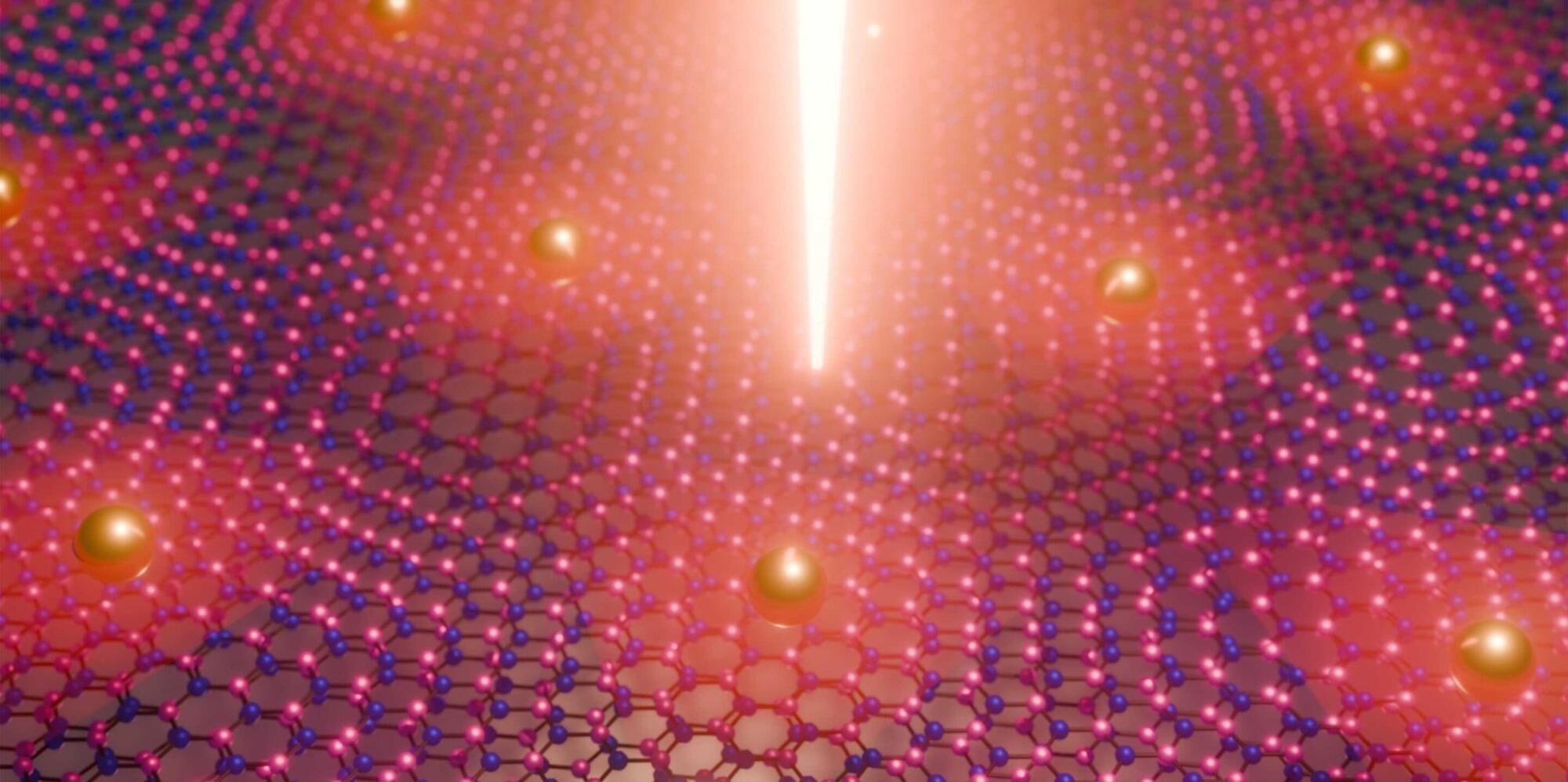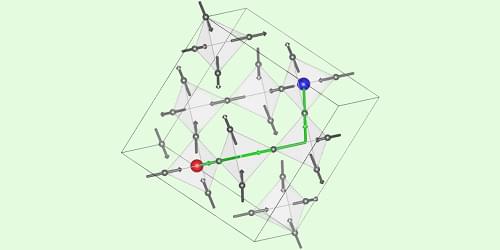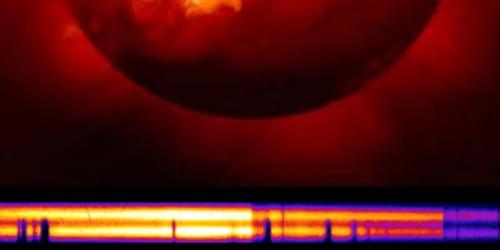To study the interactions between electrons in a material, physicists have come up with a number of tricks over the years. These interactions are interesting, among other things, because they lead to technologically important phenomena such as superconductivity.
In most materials, however, electron interactions are very weak and, therefore, hard to detect. One of the tricks that researchers have used for a while now consists in reducing the motional energy of the electrons by artificially creating a crystal lattice with a large lattice constant—that is, with a large distance between the lattice sites in the crystal. In this way, the interaction energy, which is still small, becomes relatively more important, so that interaction effects become visible.
However, the so-called moiré materials used for this suffer from the disadvantage that inside them it is not only the motion of electrons that is modified with respect to ordinary crystal lattices, but also other physical processes that are needed for studying the material.









